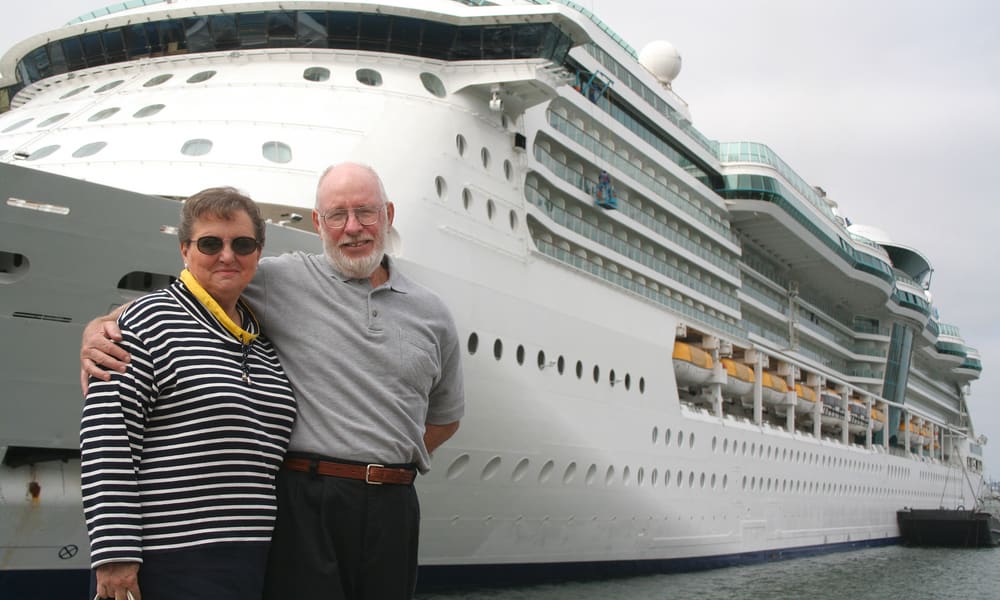Cruising: A Journey Through the World's Oceans
Cruising has become one of the most popular vacation choices for travelers seeking a unique blend of relaxation, adventure, and luxury. As massive ships navigate the world's oceans, passengers are treated to an all-inclusive experience that combines comfortable accommodations, diverse dining options, and a plethora of onboard activities. From the moment you step onto the gangway to when you disembark at your final destination, a cruise offers a seamless travel experience that appeals to a wide range of travelers.

How do cruise ships differ from other ocean vessels?
While the ocean is home to many types of vessels, cruise ships stand out for their size, amenities, and purpose. Unlike cargo ships or private yachts, cruise ships are specifically designed for passenger comfort and entertainment. These floating cities can accommodate thousands of guests and crew members, featuring multiple decks filled with restaurants, bars, theaters, and recreational facilities. Modern cruise ships often boast innovative features like ice skating rinks, rock climbing walls, and even surf simulators. The sheer scale of these vessels allows them to maintain stability in rough seas, providing a smoother sailing experience compared to smaller boats.
What can passengers expect when arriving at the cruise harbor?
The embarkation process at a cruise harbor is an exciting start to any voyage. As passengers approach the terminal, they’re greeted by the impressive sight of their ship towering above the docks. Check-in procedures have become increasingly streamlined, with many cruise lines offering online pre-registration to expedite the boarding process. Once on board, passengers are typically welcomed with a celebratory atmosphere as they explore their new surroundings. The departure from the harbor is often a spectacle in itself, with music playing and passengers lining the decks to wave goodbye to the port city as the ship sets sail for open waters.
How do cruise itineraries incorporate ocean travel and port visits?
Cruise itineraries are carefully crafted to balance time at sea with port visits. Days at sea allow passengers to fully enjoy the ship’s amenities and relax as they travel between destinations. These sea days are often filled with onboard activities, from spa treatments and fitness classes to cooking demonstrations and educational lectures. Port days offer the opportunity to explore new places, with cruise lines typically offering a range of shore excursions to suit different interests and activity levels. The rhythm of alternating between sea and port days creates a diverse and engaging travel experience that keeps passengers entertained throughout their journey.
What safety measures are in place on modern cruise ships?
Safety is paramount in the cruise industry, with modern ships equipped with advanced technology and rigorous protocols to ensure passenger well-being. Cruise vessels are built with multiple redundant systems for navigation, propulsion, and power to maintain operation even in challenging conditions. Onboard medical facilities are staffed with qualified professionals and equipped to handle a wide range of health issues. Regular safety drills are conducted to familiarize passengers with emergency procedures, and ships are outfitted with ample lifeboats and life rafts. Additionally, cruise lines work closely with international maritime authorities to implement and maintain strict safety standards across their fleets.
How do cruise lines cater to different types of travelers?
The cruise industry has evolved to offer specialized experiences catering to various traveler preferences and demographics. Family-friendly cruises feature extensive children’s programs, splash parks, and family-oriented entertainment. Luxury lines focus on providing upscale amenities, gourmet dining, and personalized service for discerning travelers. Adventure cruises might explore remote destinations or offer active excursions like kayaking and hiking. There are even themed cruises centered around interests such as music, food and wine, or specific cultural celebrations. This diversification allows travelers to choose a cruise that aligns perfectly with their interests and expectations.
| Cruise Line | Type of Experience | Notable Features | Starting Price (per person) |
|---|---|---|---|
| Royal Caribbean | Family-Friendly | Innovative onboard activities, large ships | $300 |
| Viking Cruises | Luxury, Adult-Only | Cultural enrichment, river and ocean cruises | $1,800 |
| Carnival Cruise Line | Budget-Friendly | Lively atmosphere, varied itineraries | $200 |
| Norwegian Cruise Line | Freestyle Cruising | Flexible dining, modern ships | $400 |
| Celebrity Cruises | Premium Experience | Upscale dining, wellness focus | $700 |
Prices, rates, or cost estimates mentioned in this article are based on the latest available information but may change over time. Independent research is advised before making financial decisions.
Cruising continues to evolve, offering an ever-expanding array of experiences for travelers. Whether you’re seeking a family vacation, a romantic getaway, or an adventure on the high seas, there’s likely a cruise that fits your desires. As ships become more innovative and itineraries more diverse, the appeal of cruising as a vacation option shows no signs of waning. From the moment you set sail to your final return to harbor, a cruise offers a unique way to explore the world’s oceans and the destinations they connect.





